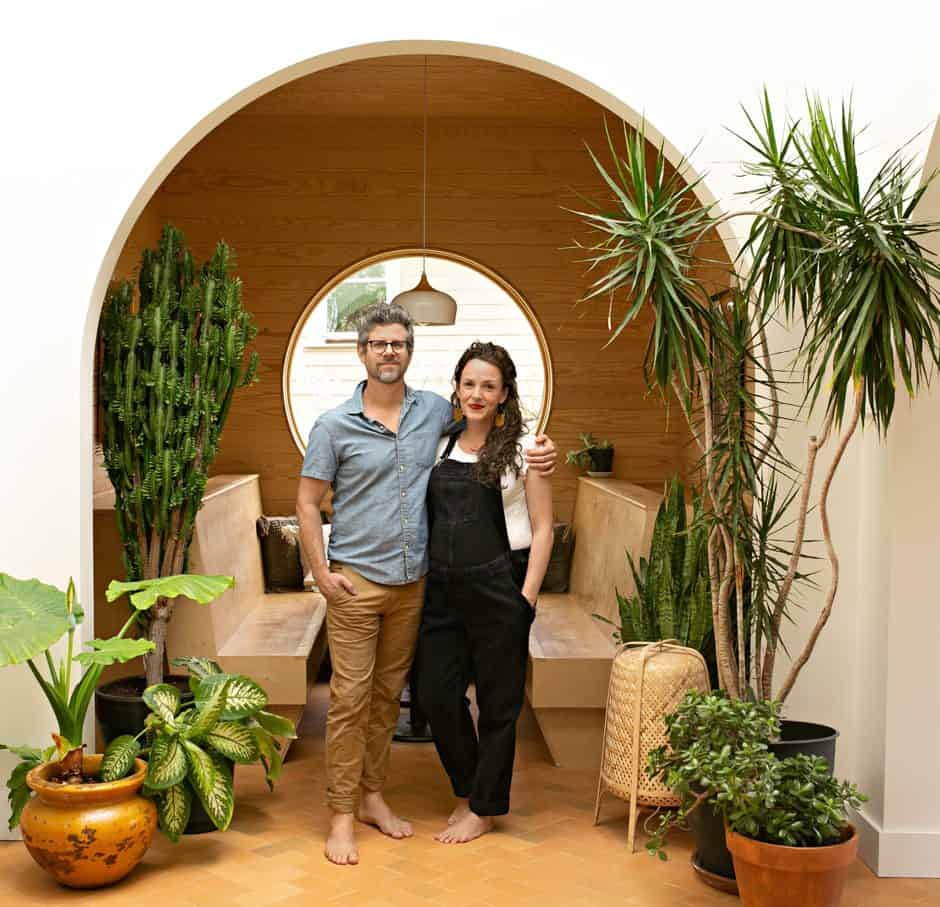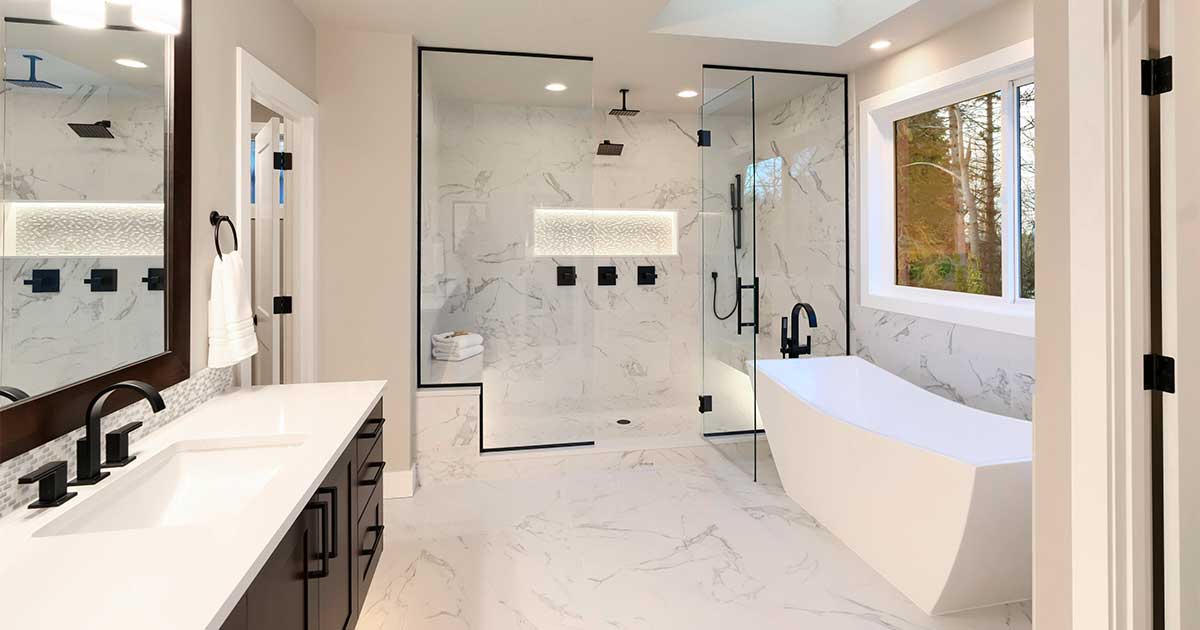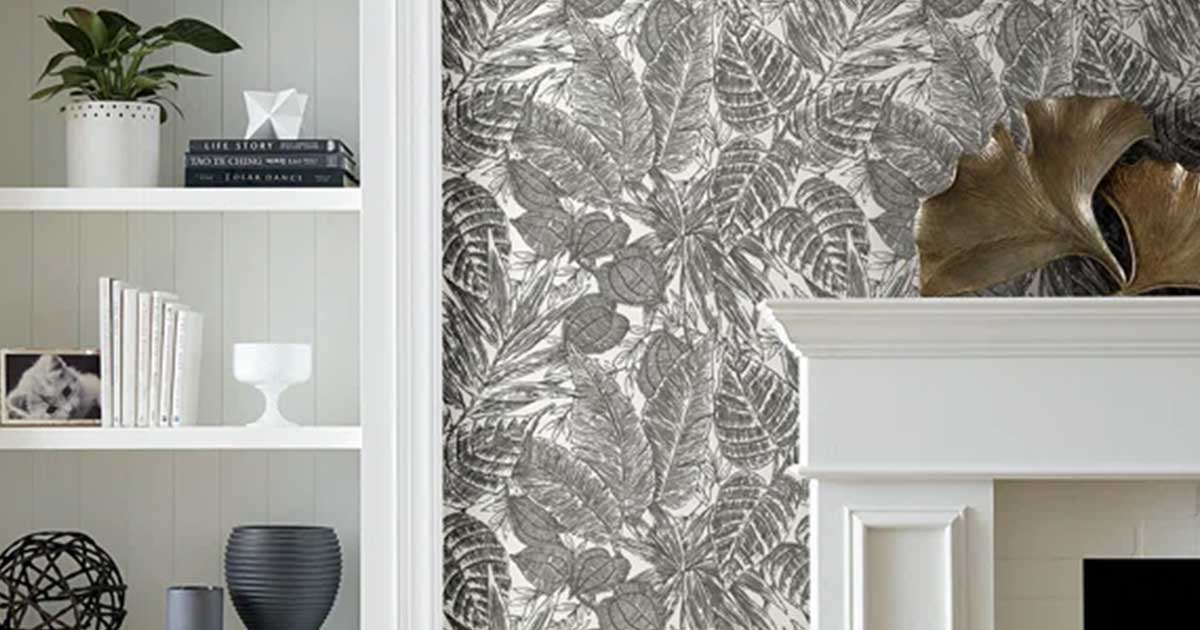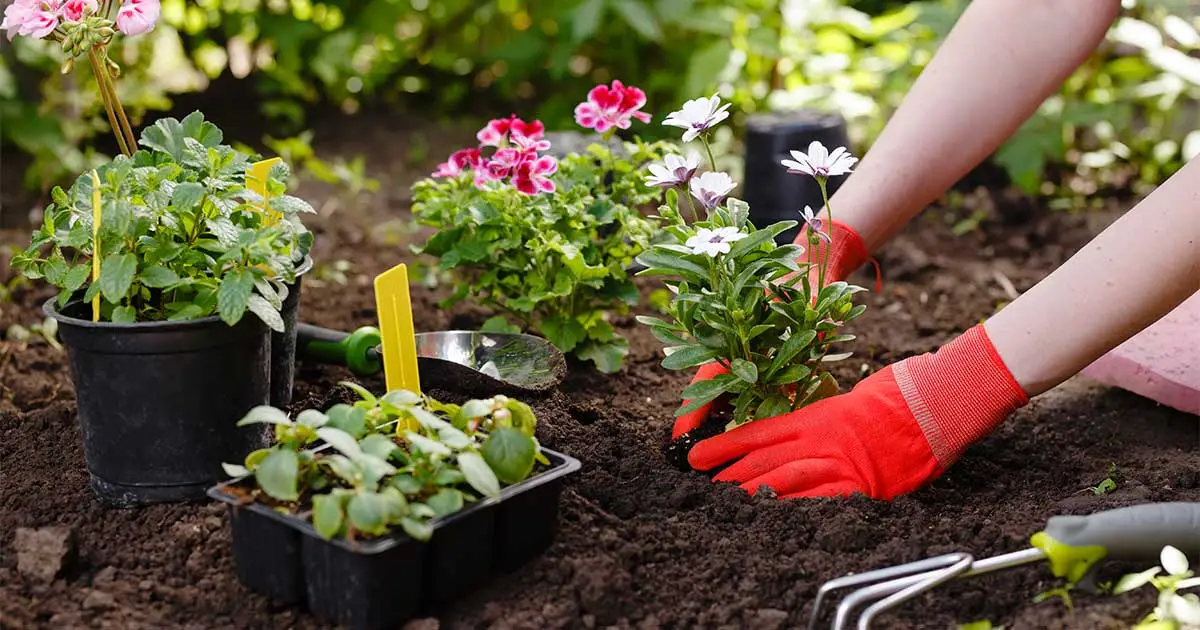How to Construct the Ultimate Indoor Fort
Been a while since your last build? Read on for expert tips.
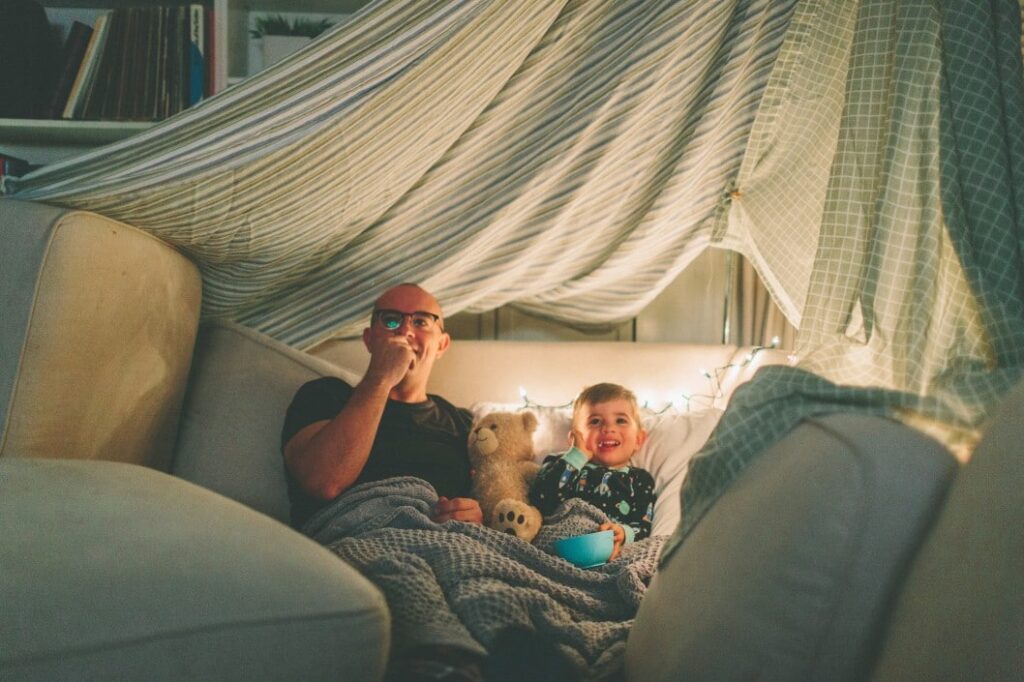
Fort must-haves: lights, snacks, good company.PHOTO: TWENTY20
Even if home renovations aren’t your specialty, you can surely nail a classic indoor fort. And whether you’re building a structure for one person or establishing a mini colony across several rooms, the same ground rules apply. Read on for tried-and-true tips to build the ultimate hideaway.
Safety First
As you’re gathering up your building materials and drafting your blueprint, make sure you’re taking safety precautions every step of the way. That means incorporating furniture that won’t topple over, using only lightweight materials for the roof, clearing the entire area of fragile decor, and allowing for clear exits.
Have a Solid Foundation
Set up your fort in the corner of a room, taking advantage of the two walls—and maybe even the ceiling!—then build out from there. Not sure which walls to use? If your fort is primarily for napping or hiding away, steer clear of windows; if it’s more for daydreaming or drawing, opt for walls with access to natural light. Incorporating the sturdiest furniture in the room as anchor points (like sofas, dining tables, and bunk beds) is another way to ensure a solid foundation. If only avoiding structural issues was this easy in real life!
Up Your Draping Game
Once you know where you’re building, start draping bedsheets, lightweight blankets, and beach towels over nearby pieces of furniture or even up the walls. (To go up the walls, twist up one corner of a regular bedsheet, tie it up with string or a rubber band, and hang it on a hook.) If any part of the roof starts sagging, add support in the form of a chair or other tall-ish piece of furniture.
Repurpose Household Objects
Part of the fun of building forts is getting creative with items you already have on hand. Dig into your junk drawer and craft supplies for Command hooks, binder clips, safety pins, clothespins, string, painter’s tape, and other “connectors.” Stack up some hardcover books or photo albums to hold down sheets. And if you want build a passageway to connect separate areas of your fort, try these two ideas: Open both ends of a large, tall, and sturdy box (like a refrigerator box) and set it on its side, or stand up several hula hoops in a row, secure them to the floor and wall with tape, and toss a sheet over them.
Be a Softie
The interior design should be full of the softest fabrics you own. Bust out your plushest blankets, throws, sleeping bags, pillows, cushions, and rugs and layer them on the floor to create a comfy cocoon. Don’t forget a few blankets for you and your guests to curl up in—oh, and maybe your fleece-lined slippers—after you move in.
Let There Be Light!
Even if you intend on using your fort strictly for dozing off, you’ll need some kind of light source. Depending on your needs, add string lights, a reading lamp, flashlights, battery-operated candles, or glow sticks. Make sure you avoid candles and anything else with an open flame.
Don’t Forget In-Fort Entertainment
Better to bring in too many activities than to have to return to the outside world once you’re all settled in. Gather up your drawing and writing supplies, books, iPad, deck of cards, smartphone, magazines, board games, drinks (with lids!), snacks, and a small trash bag. Also important: a charger for each device!
Finish with Exterior Decor
Just like a house, a fort is not complete without putting some thought and personality into the exterior. Want visitors? Display a handmade “Welcome” sign or makeshift doormat. Determined to get some alone time? Get your point across with a “No Trespassing” sign or a stuffed animal to keep guard over your kingdom.
